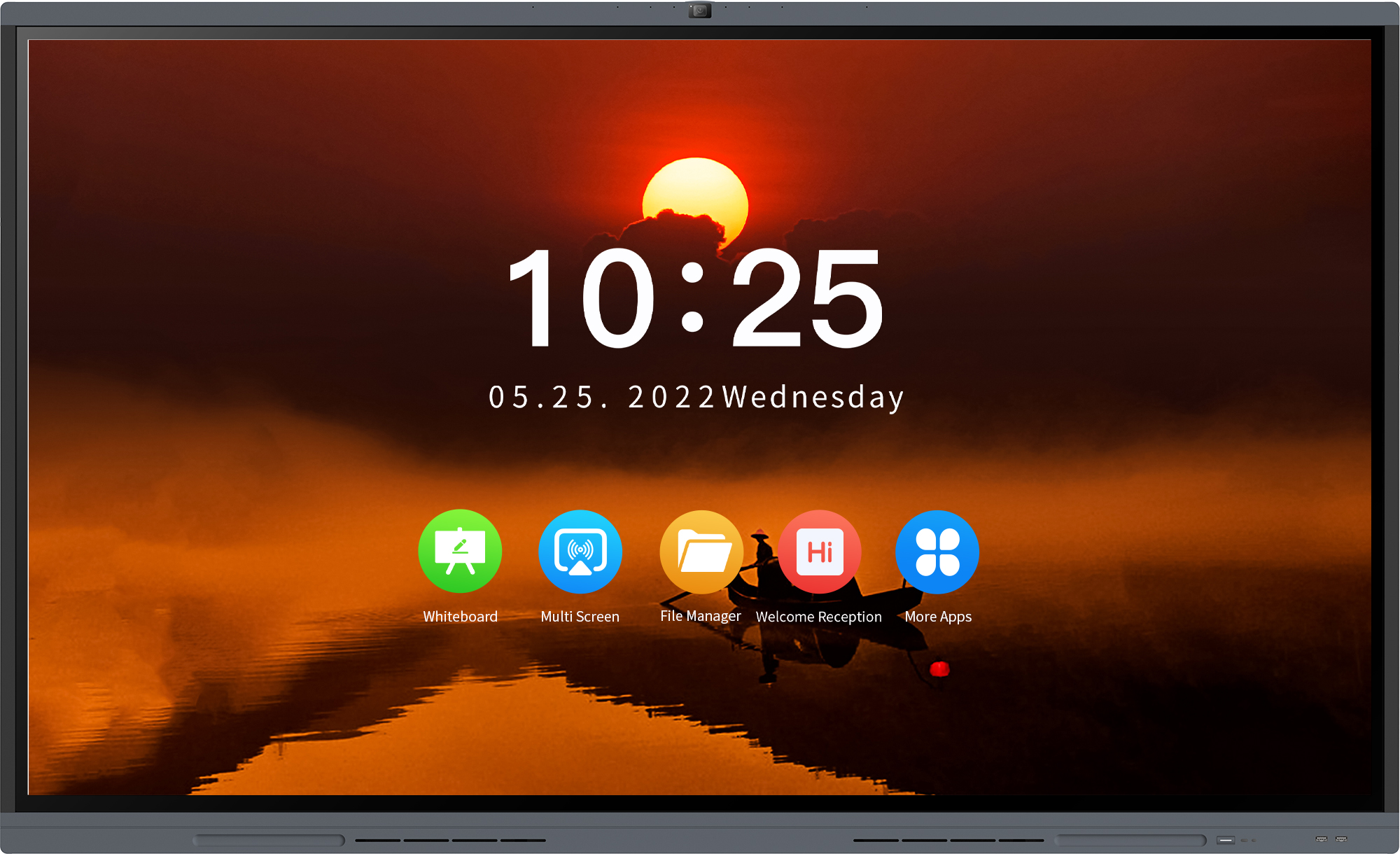Enhancing Classroom Learning through Interactive Whiteboards

Interactive whiteboards have revolutionized traditional classroom teaching methods by providing educators with a versatile tool to engage students and enhance their learning experiences. These innovative devices enable teachers to create interactive and visually stimulating lessons across various disciplines, fostering active participation, collaboration, and critical thinking skills.
1. Mathematics: Visualizing Abstract Concepts
Interactive whiteboards offer numerous benefits in math classrooms. Firstly, teachers can use specialized software to illustrate complex mathematical concepts, such as geometric shapes, equations, and graphs, making abstract ideas more tangible and accessible to students. Moreover, interactive whiteboards allow for real-time manipulation and annotation of visual representations, enabling students to actively participate in problem-solving and mathematical discussions.
2. Science: Conducting Experiments and Simulations
Interactive whiteboards play a crucial role in science education. With the ability to display videos, animations, and simulations, teachers can bring scientific experiments and phenomena to life, creating an immersive learning experience. Students can also actively engage in predictive analysis and hypothesis testing through interactive software, improving their understanding and retention of scientific principles.
3. Language Arts: Enhancing Reading and Writing Skills
Interactive whiteboards prove to be invaluable in language arts classrooms. Teachers can display and annotate literary texts, poems, or passages, aiding students in comprehension and analysis. Additionally, whiteboards with handwriting recognition capabilities allow students to practice writing and editing skills, ensuring active participation and fostering creativity.
In conclusion, the application of interactive whiteboards in different academic disciplines offers endless possibilities to enhance classroom teaching and learning. From visualizing abstract concepts in mathematics to conducting virtual experiments in science and improving reading and writing skills in language arts, these devices empower both teachers and students by promoting active engagement and critical thinking.

